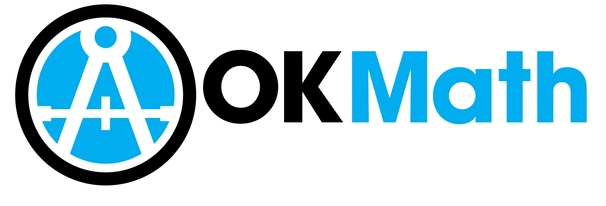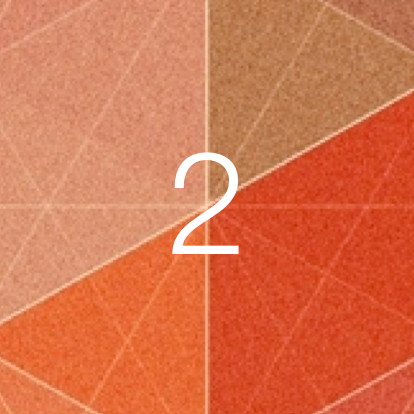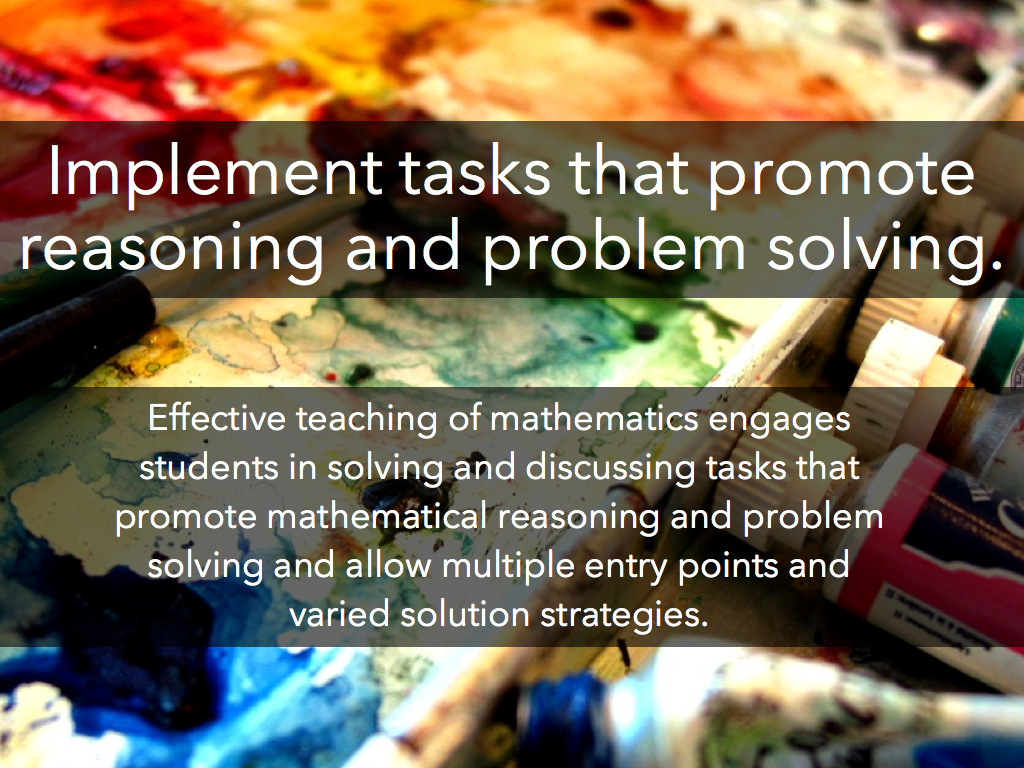Why We Teach Math
Have you ever had the chance to reflect on why we teach mathematics? Probably because I like arguing or because I spend most of my time thinking about teaching math, it comes up surprisingly often for me. As I investigate this question with folks in and outside of mathematics education and education in general, a few themes are immediately apparent.
- We teach math because counting change as a cashier is apparently more complex than rocket science and we don’t want the temptation to do a basic subtraction lesson every time we visit the corner store.
- We teach math because knowing how to balance your checkbook is still actually a thing… [or at least that’s what I’ve heard.]
- We teach math because we find ourself having to determine whether the loan is a good deal, and we all know graphing compound interest functions is useful when
getting hassled by thenegotiating with the salesman. - We teach math because we want students to become citizens who can question data, reason about the world around them, and problem solve in and outside of mathematics.
Realistically, even folks who are in mathematics-heavy careers will admit that their work is not the repetitive number crunching computation that is thought of when we think about counting change and balancing checkbooks. They write programs or use software that handles the mundane parts of the mathematics.
The jobs of the 21st century require creative individuals who are able to make sense of information (data), create informed insights into the implications of their decisions, and process new situations with perseverance and an expectation for success. Computation hasn’t lost all it’s value, but it is critically important to know that mathematics = computation is an enormous, if not hazardous, oversimplification of what mathematics truly is.
Let’s dig into this a bit more by looking at the second Mathematics Teaching Practice.
Implement tasks that promote reasoning and problem solving.
Effective teaching of mathematics engages students in solving and discussing tasks that promote mathematical reasoning and problem solving and allow multiple entry points and varied solution strategies.
Teacher and Student Actions
[one_half]What are teachers doing?
- Motivating students’ learning of mathematics through opportunities for exploring and solving problems that build on and extend their current mathematical understanding.
- Selecting tasks that provide multiple entry points through the use of varied tools and representations.
- Posing tasks on a regular basis that require a high level of cognitive demand.
- Supporting students in exploring tasks without taking over student thinking.
- Encouraging students to use varied approaches and strategies to make sense of solve tasks.[/one_half]
What are students doing?
- Persevering in exploring and reasoning through tasks.
- Taking responsibility for making sense of tasks by drawing on and making connections with their prior understanding and ideas.
- Using tools and representations as needed to support their thinking and problem solving.
- Accepting and expecting that their classmates will use a variety of solution approaches and that they will discuss and justify their strategies to one another.[/one_half_last]
Classroom Implications
As I talk with teachers around the state, and even from other states, a common chorus resounds: This is very nice, but very idealistic. Indeed, the authors of Principles to Actions agree, stating “although selecting tasks that promote reasoning and problem solving is a critical first step, giving the task to students does not guarantee that students will actually engage in the task at a high level” (p.22).
I don’t disagree with this sentiment in the least. But I think that when we revisit our intent for teaching mathematics, we don’t come to a place where we say “We teach math because we want kids to pass their tests.” We want to teach math because we know it is so much more than test scores. The trick is getting past the idea of having students who are willing to engage, persevere and justify their strategies.
We can’t solve all the world’s classroom’s problems in one post, but there is a wonderful article I stumbled upon not too long ago that might give some insight in how we can tackle these kinds of things. I tried my best to summarize the article in a three-page overview that you can access below. Take a moment to review the 7 motivational goals and 17 engagement strategies. They’re a little dense, but worth discussing with colleagues.
Back to the purpose of mathematics: In the classroom, we are asked to take students from varied prospects in life (to borrow Alfred North Whitehead’s perspective) and somehow bring them to a consistent point in 180 days (if we’re lucky). What, then, is our most worthwhile strategy, but one of regular engagement in mathematical tasks that allow for doing mathematics, rather than parroting mathematics or playing school? And how do we ensure that the math we do engage with is actually done so at a high level?
Probably the most challenging quote from this entire chapter summarizes a way of thinking that we might utilize in preparing our lessons and reflecting on their success.
Teachers must decide what aspects of a task to highlight, how to organize and orchestrate the work of the students, what questions to ask to challenge those with varied levels of expertise, and how to support students without taking over the process of thinking for them and thus eliminating the challenge. (From NCTM, 2000, p.19. Cited in Principles to Actions, 2014, p.22)
Oh? Is that all?
While you ponder how to act out those ideas in your classroom, here are a couple strategies I think are worth investigating a little more to help get to a place where this type of teaching is happening:
- {Have 7 minutes?} Watch Annie Fetter’s presentation about Noticing and Wondering. It is simple and powerful… a great strategy that will help reframe your lessons.
- {Have 37 minutes?} Watch Dan Meyer’s presentation about Tasks Promoting Inquiry. Un. Be. Lievable.
- {Have 67 minutes?} Read Dan Meyer’s three-part series on 3-Act Tasks and think about what parts of his presentation connect to the Teacher and Student Actions covered in this Teaching Practice.
We also have to be critical of our own practice. The Teacher Actions can be a little daunting, if you ask me. As I read them, I am forced to imagine my better teaching-self. I can see the times in my classroom where I ignored the possibility of multiple entry points or varied solution strategies. I can feel the student’s pencil in my hand as I walked through a problem they were struggling with. How’s that for taking over student thinking?
I hope that I continue to grow in my implementation of tasks that promote reasoning and problem solving. I wonder what your thoughts are on the Teacher and Student Actions. Do you agree with them? Do they challenge you?
Reflection Questions:
- Why do you teach math?
- What are the benefits and limitations of “real world?”
- How do you engage students in problem solving and reasoning?
- How do you know a good Mathematical Task when you see it?
- What steps might you take to increase the Doing of Mathematics in your classroom?
- Of the Teacher Actions, which is your strength and which is your weakness? Explain.
- From the Principles to Actions Study Guide: What are the characteristics of a task that places a high-level cognitive demand on students?
- From the Principles to Actions Study Guide: What types of questions could you ask, or what types of moves could you make, to support students who struggle to get started on a problem-solving task, without diminishing the cognitive demand of that task?
- The Principles to Actions Study Guide suggests the following activity: Review the “Beliefs about teaching and learning mathematics” chart (p. 11, Obstacles) and examine figure 8 (p. 23), which presents two algebra classrooms using the Smartphone Plans task. What beliefs are evident in Ms. Carson’s and Ms. McDonald’s classrooms? What impact do those beliefs have on students’ opportunities for reasoning and problem solving in the lesson?
Do you have a reflection question that others might like? Add it in the comments section below!
I hope you enjoyed this recap of the second Mathematical Teaching Practice. Remember, you can download the entire book for only $5 at NCTM’s website.






